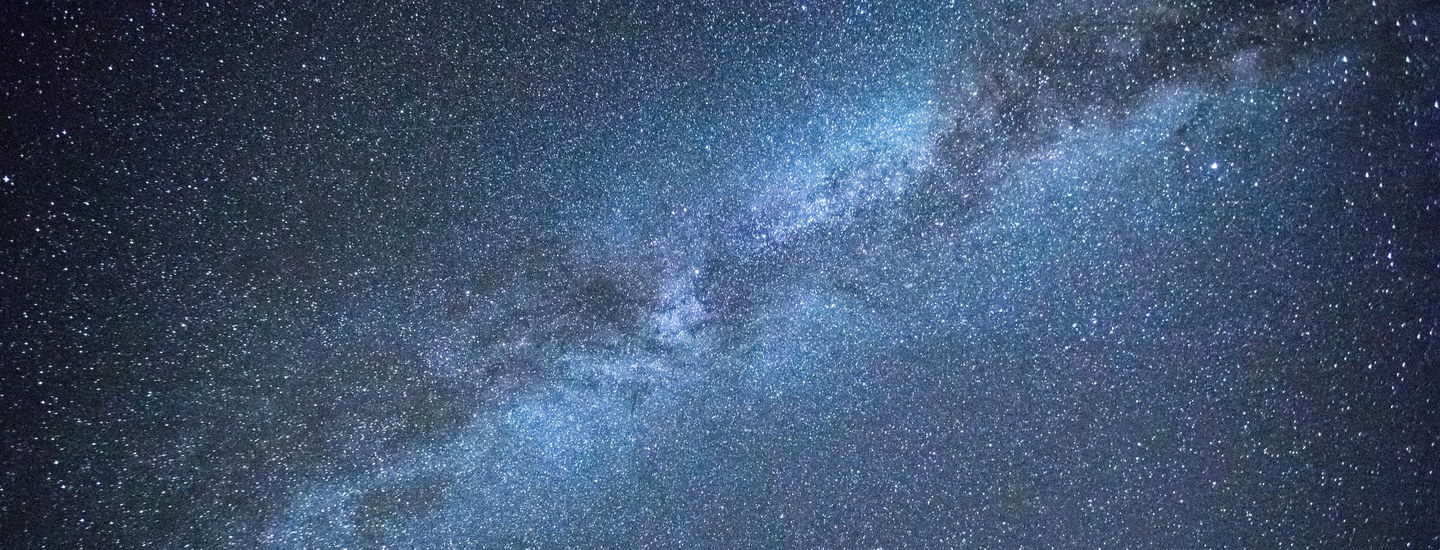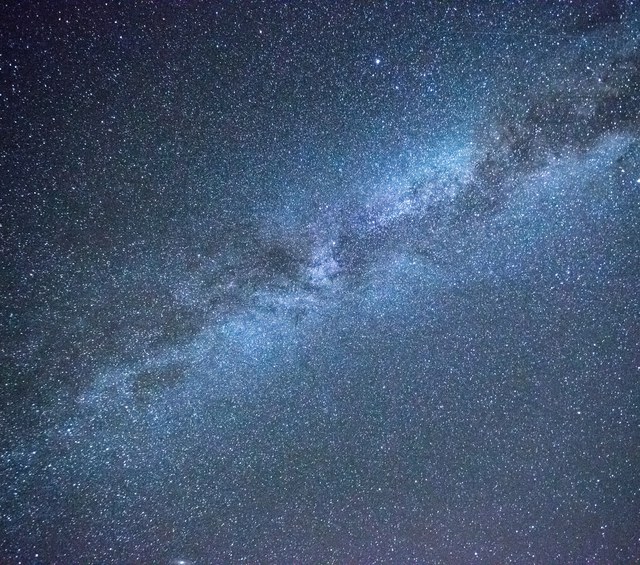Stargazing--an ancient tradition that has continued to enthrall humans through the centuries. Whether you’re 7 or 77, there is just something incredible about looking up at the night sky and observing those tiny orbs of light that are so far away from our own planet. Learn more about constellations in Central Oregon’s summer sky with Part 1 of our 2 part guide. Then, use an app or two to help you find them the next time you gaze up in wonder.
First, a note: Many of the constellations listed are part of what is known as the Ancient 48. The 2nd century astronomer Ptolemy wrote Almagest, which contained a star catalogue of 48 constellations. These 48 constellations are often referred to as the Ancient 48. In the medieval period, Almagest was the authoritative text on astronomy across Europe, the Middle East, and northern Africa.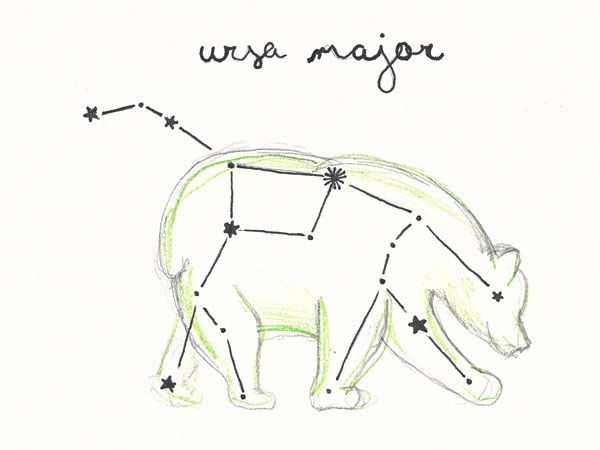
Ursa Major, meaning “the great bear,” contains the Big Dipper. It is the largest northern constellation and the third largest constellation in the sky. It is one of the oldest constellations, dating back to ancient times. Ursa Major is referenced in Homer’s works, as well as in the Bible.
To find Ursa Major, first locate the Big Dipper. It is shaped like a bowl and a handle. The bowl is an irregular square with 3 stars in a line making up the handle. The handle of the Big Dipper is Ursa Major’s tail and the bowl is its side.
Myth: While there are many myths associated with Ura Major, the main Greek myth connects Ursa Major to Callisto, a beautiful nymph who had a son with Zeus. Zeus’ jealous wife Hera turned Callisto into a bear. She lived as a bear for 15 years, roaming the forest and hiding from hunters. One day, her son was hunting in the forest and found her. To avoid Callisto being killed by her son, Zeus intervened, and a whirlwind sent both Callisto and her son into the heavens.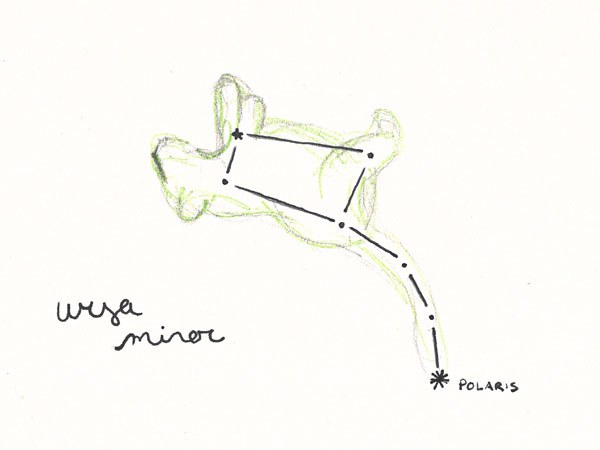
Ursa Minor, which means “smaller bear” in Latin, is home to the North Star, or Polaris. The Little Dipper is part of Ursa Minor as well. It is part of the Ursa Major family of constellations and is one of the Ancient 48.
The easiest way to find Polaris in the night sky is to follow the two bright stars at the end of the Big Dipper upwards, looking for the nearest bright star. From there, you can trace the remainder of the Little Dipper and the full Ursa Minor.
Myth: There are a few different myths connected to Ursa Minor. In one, Ursa Minor represents Arcas, the son that Callisto had with Zeus. After Zeus protected Callisto and Arcas from disaster, Callisto was turned into Ursa Major and Arcas was turned into Ursa Minor.
In an older myth, the stars that form the Little Dipper represented the Hesperides, the seven daughters of Atlas, who tended Hera’s garden and golden apple tree.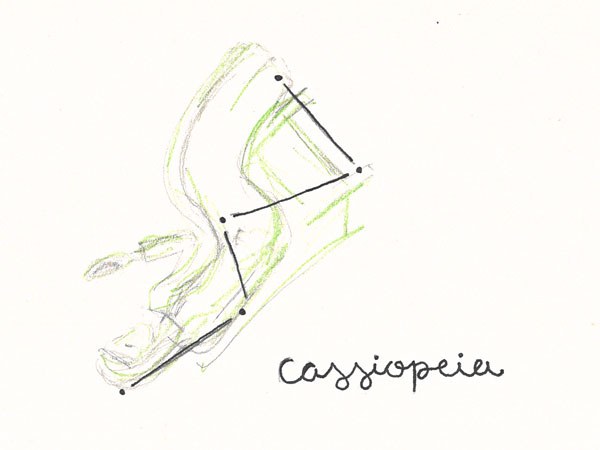
Cassiopeia is one of the Ancient 48, along with other constellations in the Perseus family. The Perseid meteor shower is associated with Cassiopeia (as well as the Perseus constellation).
Cassiopeia is easily recognizable because of its distinctive “W” shape. To find the constellation, use the Big Dipper’s pointer stars (the part of the “bowl” furthest from the handle) to locate Polaris. Cassiopeia will be shining on the opposite side of the North Star.
Myth: Cassiopeia was the wife of King Cepheus of Ethiopia. It was Poseidon who placed both Cassiopeia and Cepheus in the sky. Cassiopeia is condemned to circle the celestial pole forever, spending half the year upside down in the sky as punishment for her vanity. She is typically depicted on her throne, still combing her hair.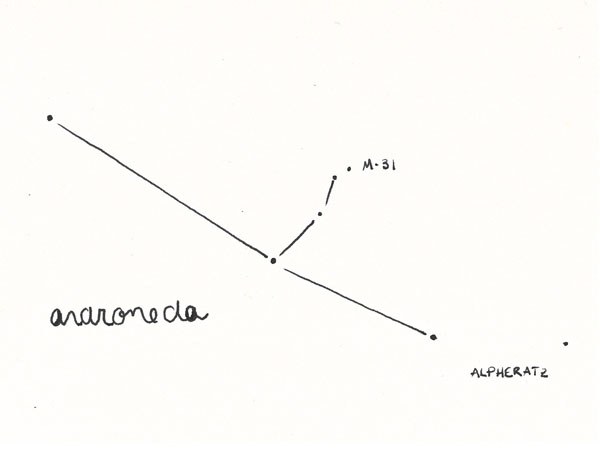
Andromeda is between Cassiopeia and Pegasus in the sky. The constellation is one of the Ancient 48.
Use Cassiopeia to locate Andromeda. Regardless of whether Cassiopeia is forming a “W” or is upside down forming an “M,” look for the deeper notch. This deeper V points to Andromeda.
Myth: Andromeda is the daughter of King Cepheus of Ethiopia and Queen Cassiopeia. The queen offended the sea nymphs by claiming she was more beautiful than they were. They complained to the sea god Poseidon who sent a sea monster as punishment. To appease the gods and nymphs, King Cepheus sacrified his daughter to the sea monster, chaining her to a rock. However, Perseus came along and saved her. They were later married.
Stay tuned for part 2 of our guide to get you started with your stargazing journey. In the meantime, get some help with one of these free apps: SkyView Lite, Star Walk 2, or Star Chart. Happy constellation viewing!
Learn more:

